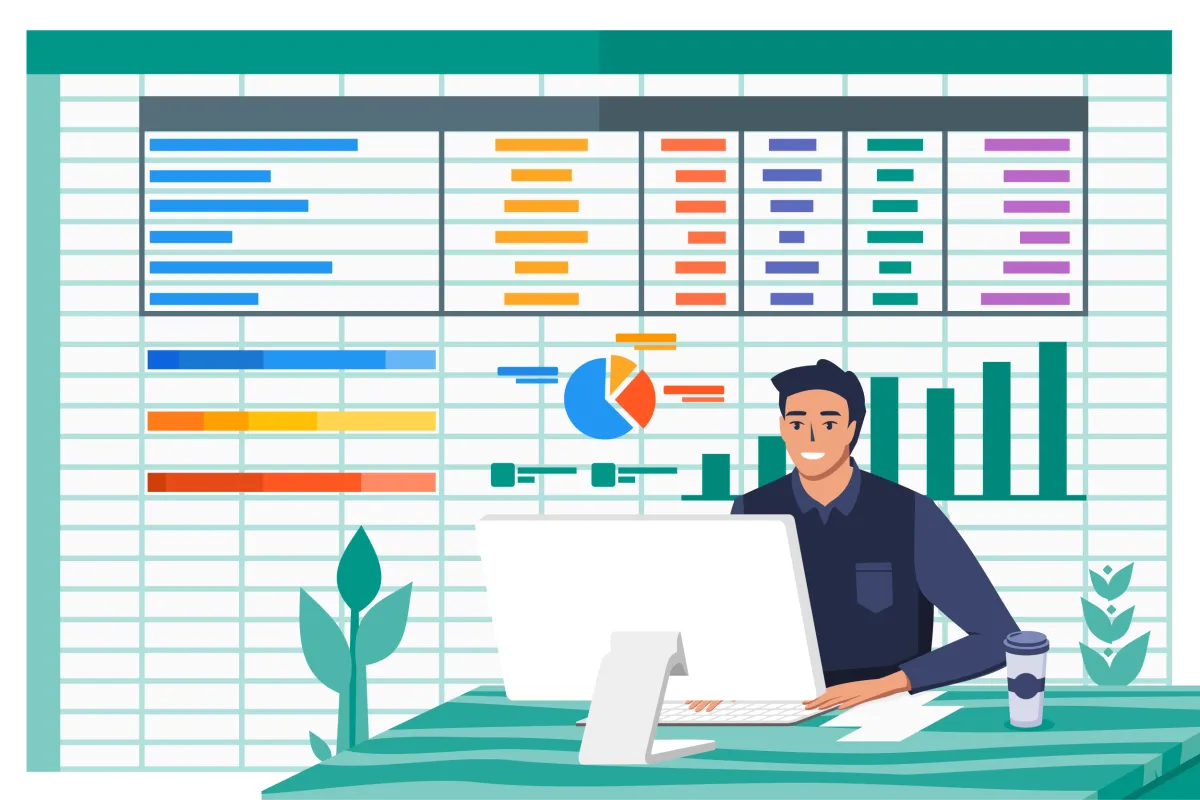
Mastering Your Finances: Using Technology to Understand Your Business Financials
Introduction
In today's fast-paced business world, understanding your financials is more crucial than ever. But let's face it, numbers can be intimidating. The good news? Technology is here to save the day. Using technology to understand your business financials can transform those daunting spreadsheets into insightful narratives that guide your business decisions. So, how can you get started? Let’s dive in.
The Digital Revolution in Financial Management
Gone are the days when managing your business financials meant drowning in a sea of paper. With the rise of digital tools, financial management has become more accessible and efficient. Whether you're a small business owner or a seasoned entrepreneur, technology offers solutions tailored to your needs.
Benefits of Using Technology for Financial Understanding
Real-time Data Access: Get instant insights into your financial status with up-to-date data.
Automation: Say goodbye to manual data entry and hello to automated processes that save time and reduce errors.
Enhanced Accuracy: Minimize human error, ensuring your financial data is reliable.
Cost-Effectiveness: By streamlining processes, technology reduces the need for extensive financial staff.
Scalability: As your business grows, these tools can adapt, offering more features and capabilities.
Key Tools for Financial Mastery
1. Accounting Software
Accounting software is the backbone of business financial management, ideal for tracking expenses, generating invoices, and managing payroll without naming specific products.
2. Financial Dashboards
Dashboards provide a visual representation of your financial data, making it easier to spot trends and anomalies, offering customizable solutions for in-depth analysis.
3. Budgeting and Forecasting Tools
These tools help you plan for the future by analyzing current financial data, providing sophisticated modeling and forecasting features.
4. Expense Management Software
Tracking expenses can be a headache, but specialized tools simplify the process, automating reports and integrating seamlessly with accounting systems.
Using Technology to Understand Your Business Financials
Real-Time Financial Monitoring
One of the greatest advantages of using technology is real-time financial monitoring. With cloud-based solutions, you can access your financial data anytime, anywhere. This instant access allows you to make informed decisions quickly, adapting to changes in the market or your business.
Data-Driven Decision Making
When you're using technology to understand your business financials, data becomes your best friend. Financial tools provide a wealth of data that can guide strategic decisions, from budget allocations to investment opportunities.
Streamlined Processes
Technology streamlines financial processes, reducing the time spent on administrative tasks. Automation ensures that tasks like invoicing, payroll, and tax calculations are handled efficiently, giving you more time to focus on growing your business.
Improved Financial Accuracy
With automated data entry and advanced analytics, technology reduces the risk of human error. Accurate financial data is crucial for compliance, reporting, and decision-making.
Challenges and Considerations
Security Concerns
With great power comes great responsibility. The digitalization of financial data brings security concerns. It's essential to choose tools with robust security measures to protect sensitive information.
Integration with Existing Systems
Not all businesses start from scratch. Integrating new financial tools with existing systems can be challenging. Ensure compatibility and plan for a seamless transition to avoid disruptions.
Training and Adoption
Your team needs to be on board. Investing in training will ensure that everyone understands how to use the new tools effectively, maximizing their potential.
FAQs
What is the best accounting software for small businesses?
While specific software isn't mentioned, consider tools that offer comprehensive features and ease of use. The best choice depends on your specific needs and budget.
How can financial dashboards benefit my business?
Financial dashboards provide a visual overview of your financial data, making it easier to identify trends, track performance, and make informed decisions.
Is cloud-based financial software secure?
Most reputable cloud-based financial software providers implement robust security measures, including encryption and regular security audits. It's crucial to choose a provider with a strong security track record.
How can technology improve financial accuracy?
Automation and advanced analytics reduce the risk of human error, ensuring that your financial data is accurate and reliable.
What should I consider when choosing financial tools for my business?
Consider factors such as your business size, industry, budget, and specific financial needs. It's also important to evaluate the tool's scalability, integration capabilities, and user-friendliness.
Conclusion
In a world where data is king, using technology to understand your business financials isn't just a smart move—it's essential. From real-time monitoring to data-driven decision-making, digital tools offer invaluable insights that can drive your business's success. While challenges like security and integration exist, the benefits far outweigh the drawbacks. So, embrace the digital revolution, and let technology guide your financial journey.